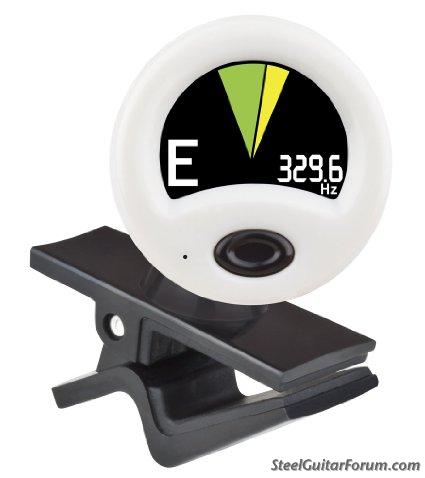Posted: 14 Jun 2016 2:12 pm
I am not a psychoacoustician. I'm not even sure if there is such a thing. But if I were one I would be fairly certain that the listener to music is more tolerant of sharpness of pitch that flatness. Even being in tune can sound dull compared to being a fraction sharp.
I don't enjoy playing on the open strings much but I did have to play a solo on Kind Woman in A and the only register that sounded right was A/B at the nut. At rehearsal I checked that the electronic piano was tuned to A=440 and dutifully did the same. Terrible - so I requested time (they were easy-going) to crank it up to 442 and it sounded fine. No logic there.
Over the years I have sat in a good many symphony orchestra brass sections and the ritual is always the same: tune carefully to the oboe's A and then when you think no-one's looking push in a bit. (Of course no-one's looking because they're all doing the same thing... ) There is a practical reason. On all wind instruments it is easier to correct the intonation of an individual note downwards than upwards, and tuning a little sharp avoids that feeling of being "trapped" under a dull note.
) There is a practical reason. On all wind instruments it is easier to correct the intonation of an individual note downwards than upwards, and tuning a little sharp avoids that feeling of being "trapped" under a dull note.
I don't enjoy playing on the open strings much but I did have to play a solo on Kind Woman in A and the only register that sounded right was A/B at the nut. At rehearsal I checked that the electronic piano was tuned to A=440 and dutifully did the same. Terrible - so I requested time (they were easy-going) to crank it up to 442 and it sounded fine. No logic there.
Over the years I have sat in a good many symphony orchestra brass sections and the ritual is always the same: tune carefully to the oboe's A and then when you think no-one's looking push in a bit. (Of course no-one's looking because they're all doing the same thing...
